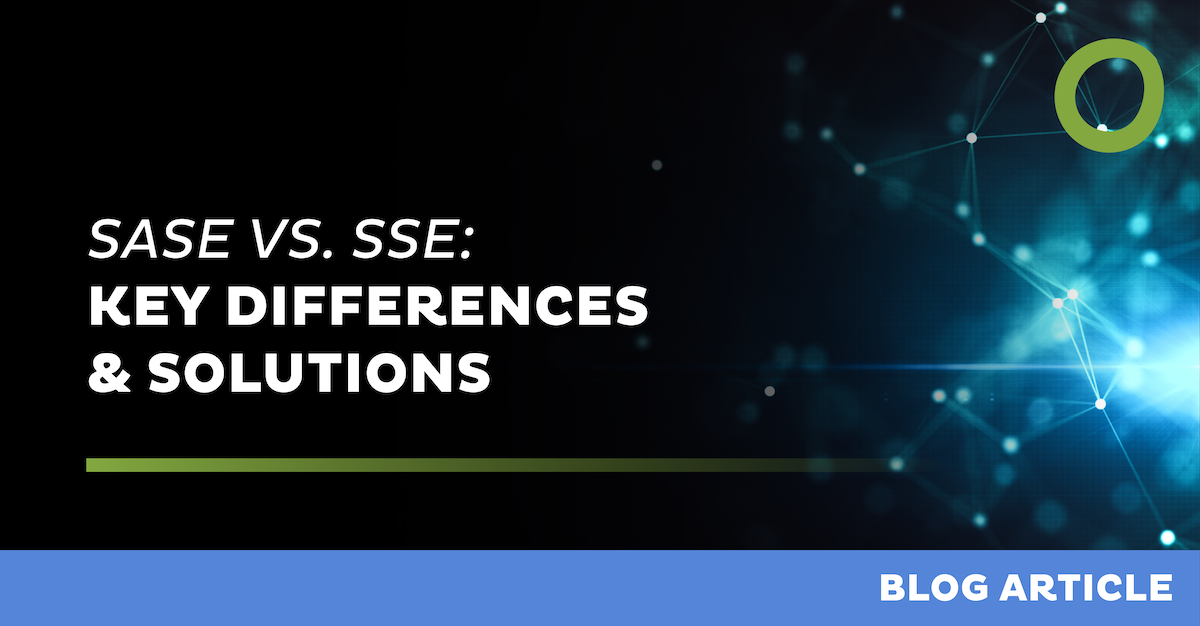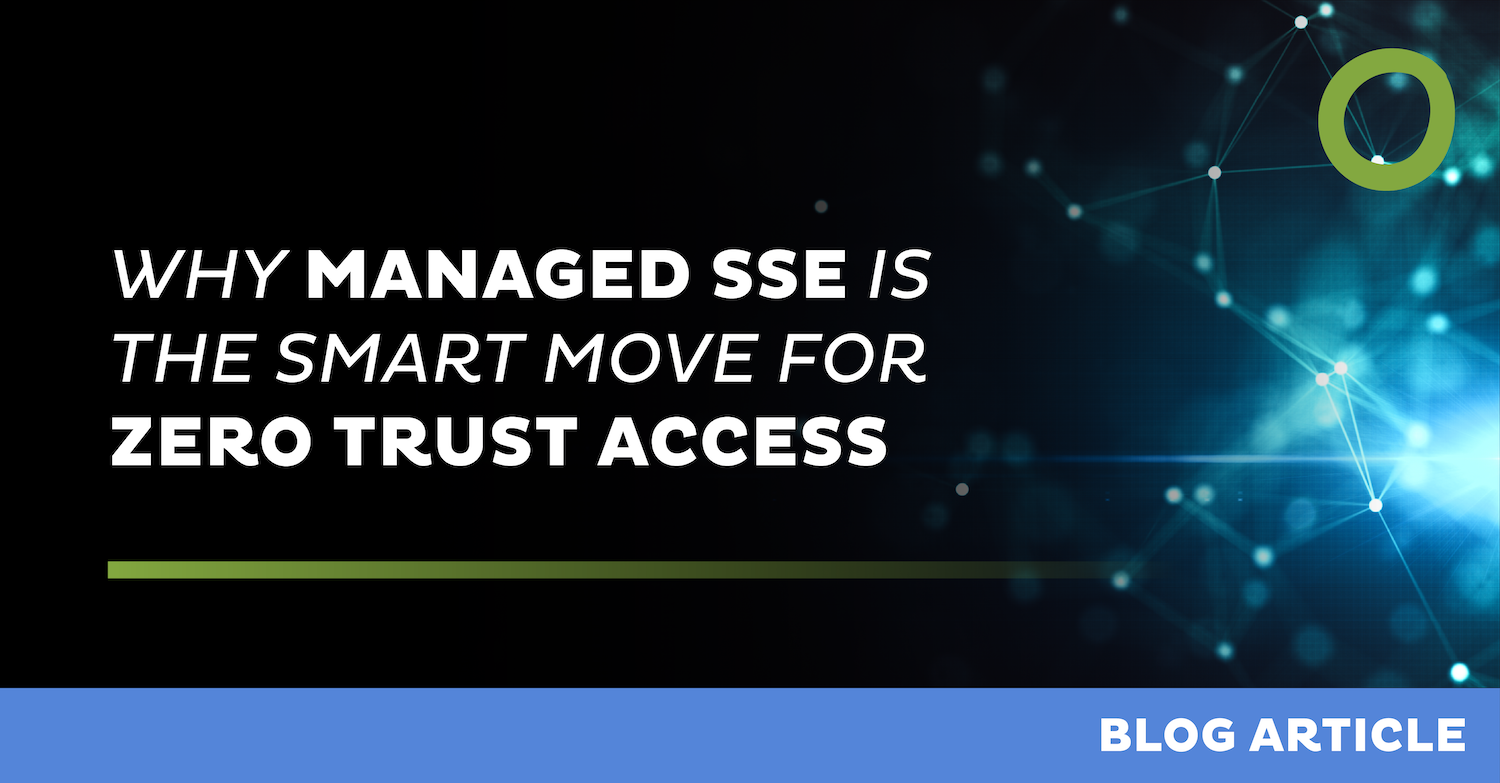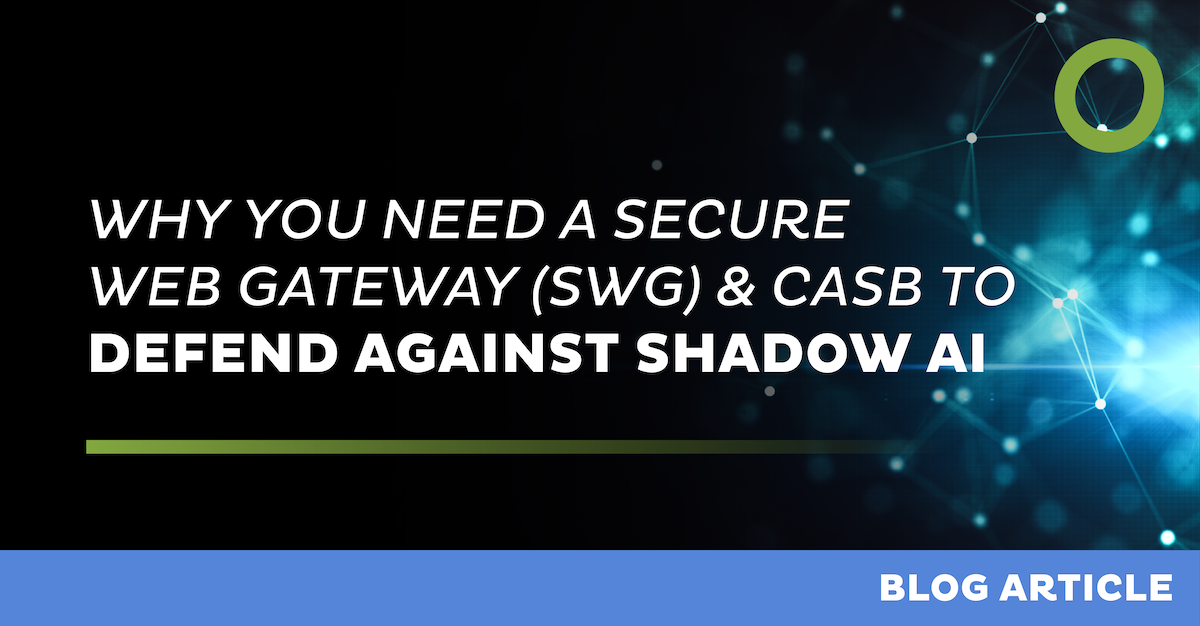
SASE vs SSE: Key Differences & Solutions


SASE vs SSE: Understanding the Key Difference
In the evolving world of cybersecurity, two frameworks are defining how modern organizations protect their data: SASE (Secure Access Service Edge) and SSE (Security Service Edge). Both aim to deliver secure, scalable access in a cloud-first world — but they approach the challenge from different angles.
At its core, SASE combines networking and security into one integrated, cloud-delivered model. SSE focuses exclusively on security, offering advanced protection for organizations that already have a solid network in place. Understanding the difference between SASE and SSE helps decision-makers identify which strategy aligns best with their business priorities, whether that’s full integration or targeted enhancement.
What Is SASE? A Unified Approach to Secure Connectivity
SASE represents a shift towards convergence. Instead of managing separate network and security tools, SASE merges them into a unified framework that delivers both connectivity and protection through the cloud.
A typical SASE solution integrates capabilities such as SD-WAN, Secure Web Gateway (SWG), Cloud Access Security Broker (CASB), Zero Trust Network Access (ZTNA) and Firewall as a Service (FWaaS). Together, these components simplify management, improve visibility and ensure secure access for users wherever they work. By bringing together performance optimization and security enforcement, SASE eliminates the need for multiple vendors while supporting Zero Trust principles across the network.
In short, SASE enhances both security and network efficiency, making it a powerful option for organizations seeking a single, scalable solution to modern connectivity challenges.
What Is SSE? Security Without Network Overhaul
While SASE merges security and networking, SSE focuses purely on the security layer. It delivers comprehensive protection through the cloud, without requiring changes to an organization’s existing network architecture.
An SSE framework typically includes SWG, CASB and ZTNA – the same core security components found in SASE, but without the networking functionality like SD-WAN. This makes SSE ideal for organizations that want to strengthen security while maintaining their current infrastructure.
Because SSE is cloud-delivered, it provides centralized management, consistent policy enforcement and rapid scalability. IT teams gain deep visibility into user activity, data movement and potential threats, all while ensuring smooth performance and compliance.
In essence, SSE delivers security simplicity with strategic precision – enhancing protection where it’s most needed, without disrupting what’s already working.
SASE vs SSE: Which Works Better for You?
The difference between SASE and SSE lies in scope and integration. SASE combines secure networking and cloud-based protection into one unified model. SSE refines that approach by offering a security-only solution that layers over existing systems.
If your organization needs to simplify fragmented networks and move toward a single-vendor solution, SASE can consolidate management and reduce operational costs. If you already have a robust network but want to enhance cloud security and Zero Trust access, SSE offers a lighter, faster path to improvement.
Ultimately, SASE is a holistic transformation, while SSE is an incremental enhancement. Both approaches strengthen resilience, but your choice depends on your infrastructure, resources and long-term goals.
Zero Trust and Cloud-Native Security
Both frameworks are built around the Zero Trust security model, which assumes that no connection or user is inherently trustworthy. Access is granted only after identity verification and continuous validation – whether the user is inside or outside the corporate network.
While SSE is inherently cloud-delivered, SASE implementations vary: some are fully cloud-native, others combine cloud-based and on-premises elements, and many organizations adopt SASE progressively over time. What unites both approaches is the move toward centrally enforced, identity-driven security controls that can scale globally, maintain consistent policies and adapt to changing demands. This shift enables stronger protection, improved performance and simplified operations – all essential in a digital-first environment.
Future Trends in SASE and SSE
As digital ecosystems expand, both SASE and SSE are evolving rapidly. Integration with AI and automation will make them even more intelligent, capable of identifying and neutralizing threats before they escalate. Real-time analytics and predictive threat detection will continue to drive the next generation of SASE and SSE solutions, giving organizations smarter, faster defenses and more efficient operations.
Whether your goal is full network transformation or focused security enhancement, adopting a cloud-native, Zero Trust-aligned framework is the path forward for sustainable, scalable protection.
Conclusion
Both SASE and SSE have become essential building blocks in modern cybersecurity strategy. SASE unifies security and networking into one cohesive service, ideal for organizations looking to simplify complexity and boost performance. SSE, on the other hand, strengthens existing infrastructures with cloud-delivered, centralized security.
Choosing between SASE vs SSE depends on your operational maturity, infrastructure setup and long-term vision. Whichever path you take, embracing these frameworks ensures your organization remains secure, adaptive and ready for the challenges of the cloud era.
Leave Complexity
Behind
To learn how Open Systems SASE Experience can benefit your organization, talk to a specialist today.
Contact Us



